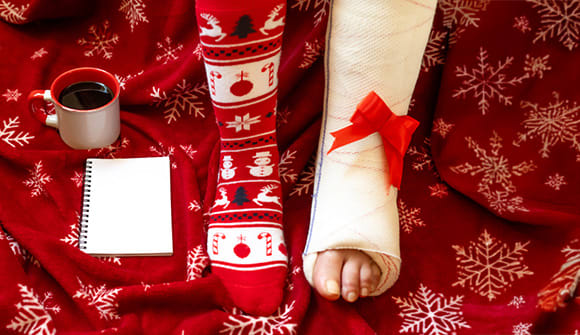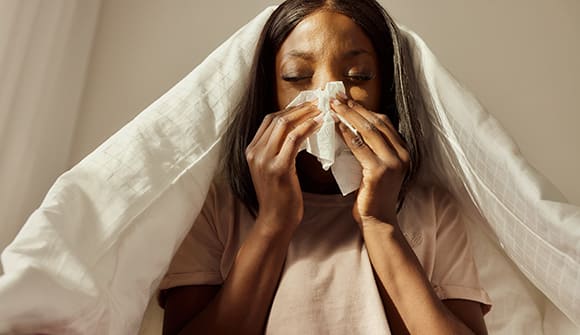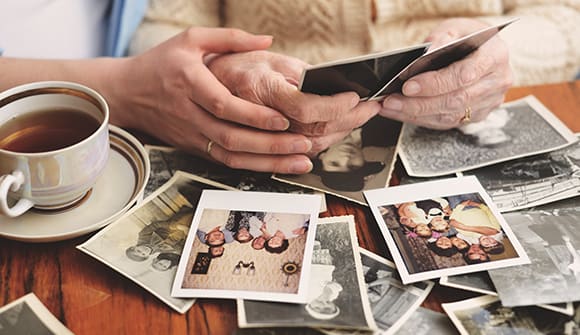Staying alive
Learning CPR can turn you into a real-life hero.
Article Author: Katie McPherson
Article Date:
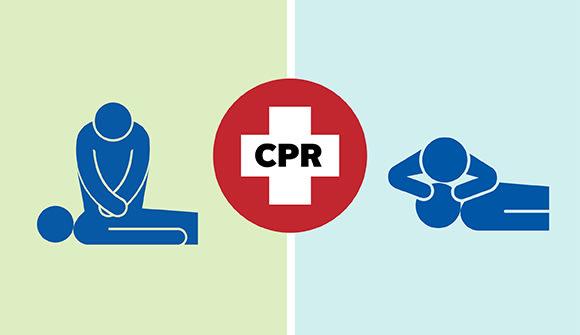
If you and your family were gathered together for Thanksgiving, a birthday party, or to watch a big football game, what would you do if one of your loved ones just…collapsed? While we all hope that scenario never plays out, if it does, you’ll want to know exactly how to help.
“Most of the time when something happens to someone, like cardiac arrest, you’re not at the hospital; you’re at home with family and friends, or at an event,” said Jessica Winberry, prevention coordinator with THE PLAYERS Center for Child Health at Wolfson Children’s Hospital. “If someone collapses and isn’t showing signs of life, being able to start CPR right away is so important. Without it, that person’s chance of survival decreases by 10% every minute.”
And now, CPR training is easier than ever. The American Heart Association (AHA) has simplified its courses so bystanders no longer learn mouth-to-mouth resuscitation. Instead, it’s all about hands-only CPR.
A simpler CPR
Hands-only CPR involves just two steps:
- Dial 911 to get first responders on the way
- Give the person in need hard and fast chest compressions
“Hands-only CPR is designed for people in the community to feel certain about how to help somebody,” Winberry said. "If you’ve been trained to use mouth-to-mouth resuscitations and chest compressions, great! If not, learning hands-only CPR is recommended.”
The rate of compressions should be about 100 to 120 per minute, which happens to match the beat of the Bee Gees’ “Stayin’ Alive.” The song has been used as a CPR guide for decades.
Take action confidently
Winberry said many people hesitate to act in emergencies because they’re afraid they’ll hurt someone or make their condition worse. Hands-only CPR is designed specifically to help bystanders feel certain they’re doing the right thing.
“It’s been made as simple as possible so you can act confidently. Especially during the pandemic, it’s important to know this is a lifesaving measure whether you’re giving breaths or not. You’re helping just by doing compressions,” she said. “People also worry about liability. You’re protected by the Good Samaritan Law as long as you’re acting in good faith and to the best of your ability.”
What about kids?
If you want to learn CPR for emergencies involving infants and children, you should take a class designed specifically for that purpose. Hands-only CPR is not recommended for little ones.
“The American Heart Association recommends traditional CPR for infants and children. If we see an adult collapse, it’s usually because of a cardiac event, and they will have some oxygen left in their body. With children and infants, typically they collapse because something caused them to stop breathing, so providing breaths is important,” Winberry said.
Don’t cut this class
While hands-only CPR is super simplified, experts 100% recommend taking a class. Chest compressions require a lot of force, and taking a course will give you the opportunity to learn the right positioning of your hands and how hard to push. That practice can make all the difference in a real emergency.
“It’s great to take a class because you learn so much more and can ask questions,” Winberry said. “They’re very short and low cost, but you get hands-on training and the opportunity to build your confidence.”
Courses are offered in person and virtually. If you want to learn all the heart-saving techniques at once, you can register for a CPR and AED training that will ensure you’re ready to use both in an emergency.
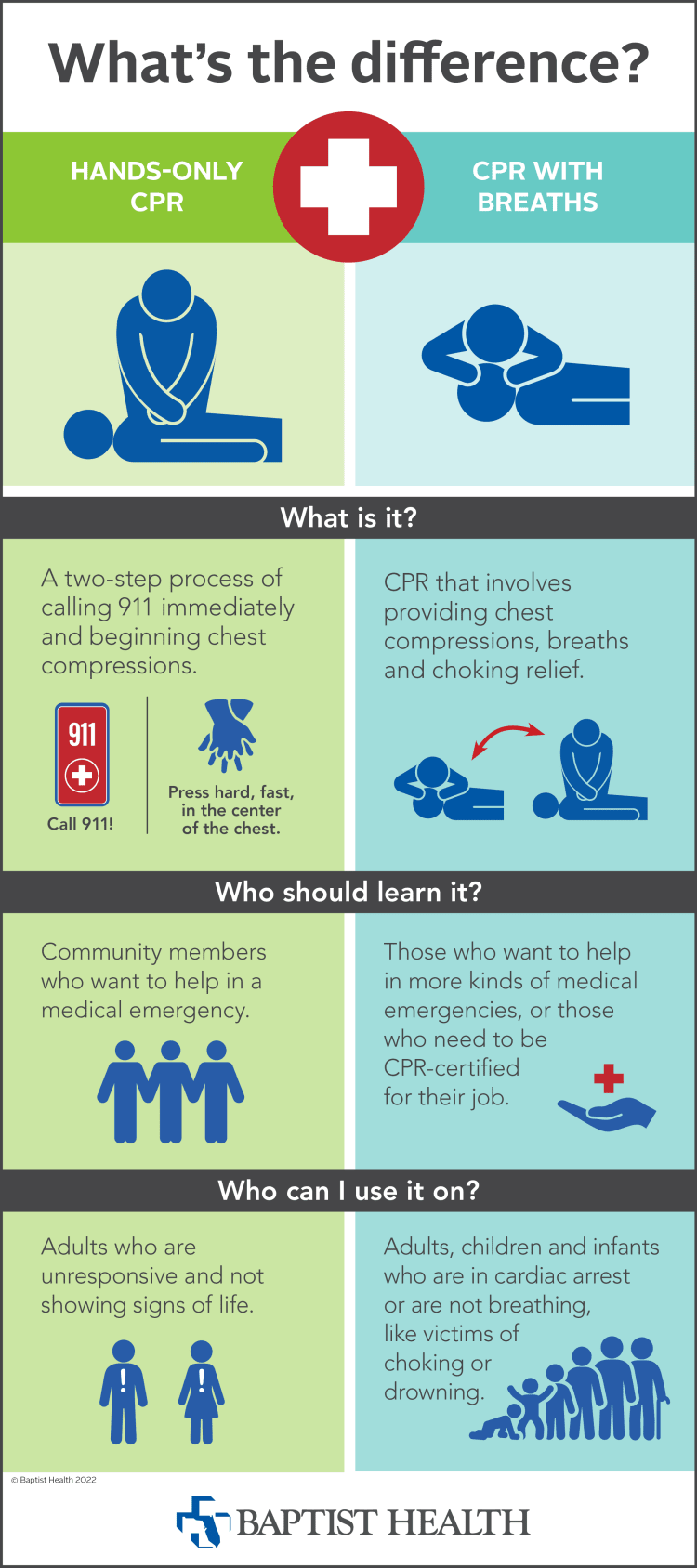
The American Heart Association offers CPR courses at Baptist Health and other community locations. Visit heart.org/handsonlycpr to learn more about CPR techniques, or find a CPR training session near you using the AHA’s online Class Connector.
